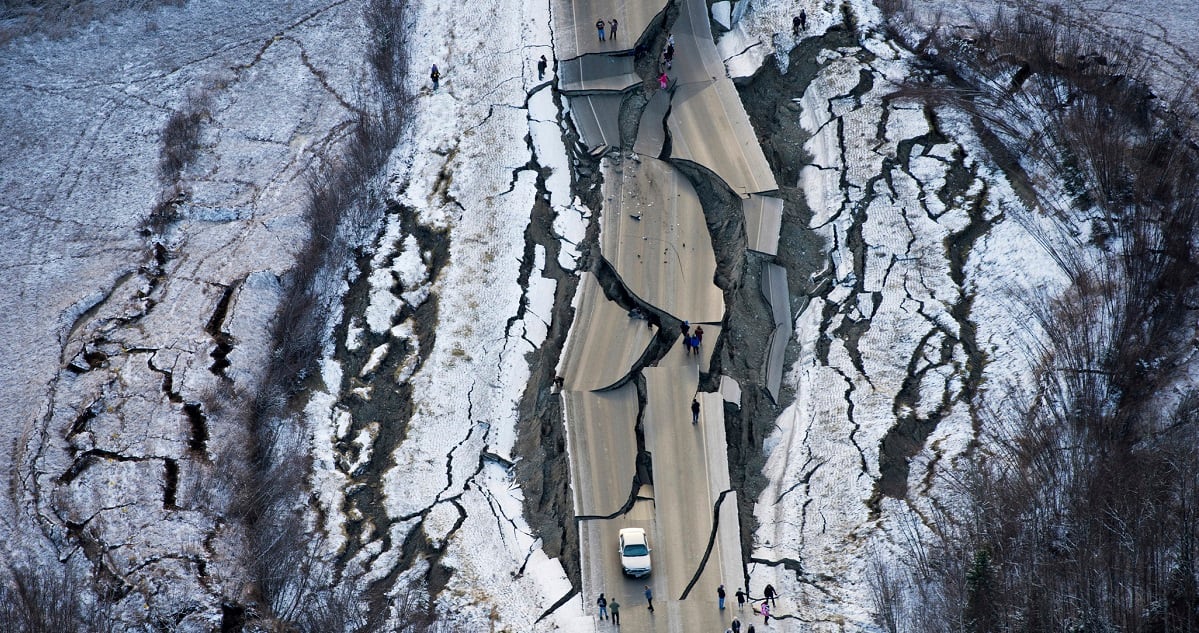ANCHORAGE, Alaska — Back-to-back earthquakes measuring 7.0 and 5.7 shattered highways and rocked buildings Friday in Anchorage and the surrounding area, including Joint Base Elmendorf-Richardson, sending people running into the streets.
There were no immediate reports of deaths or serious injuries.
The U.S. Geological Survey said the first and more powerful quake was centered about 7 miles north of Anchorage, Alaska’s largest city, with a population of about 300,000. People ran from their offices or took cover under desks. The 5.7 aftershock arrived within minutes, followed by a series of smaller quakes.
"We just hung onto each other. You couldn't even stand," said Sheila Bailey, who was working at a high school cafeteria in Palmer when the quake struck. "It sounded and felt like the school was breaking apart."
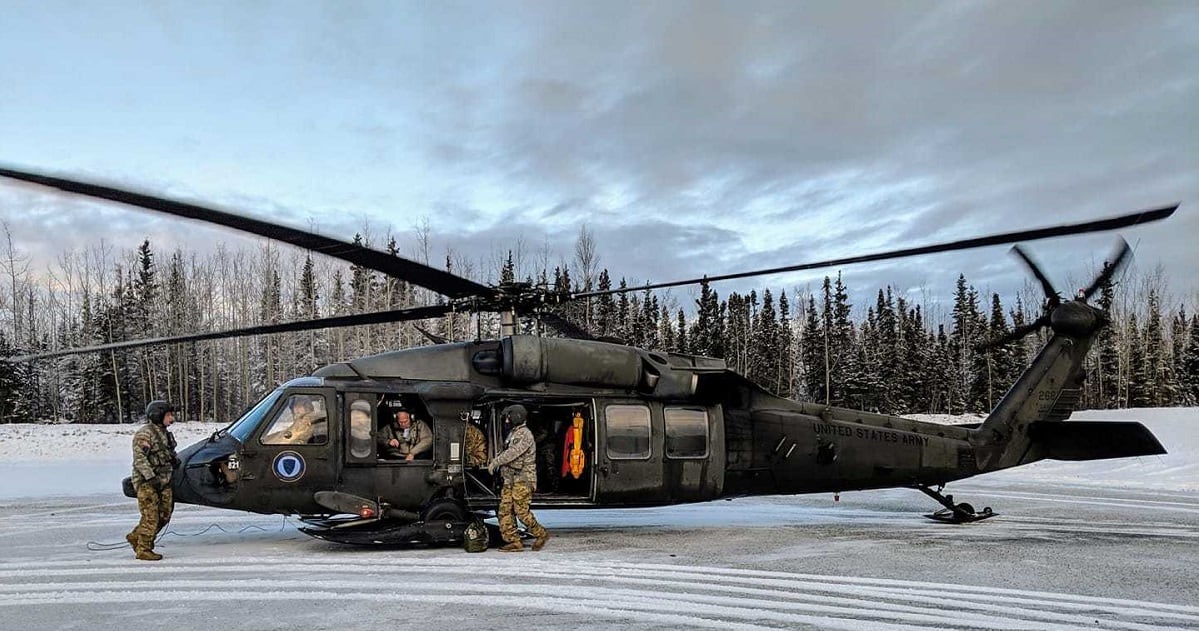
Elmendorf-Richardson, a joint Army and Air Force base, escaped relatively unscathed.
The water was shut off for a while as base officials investigated a water leak,and electrical power was lost for at least portions of the base. But by late Friday afternoon, water and power had been restored to the majority of the installation, according to an announcement on the JBER Facebook page.
"Overall, Team JBER is safe, secure and ready!" the Facebook posting stated.
Public schools in Anchorage canceled classes and will be closed through Tuesday.
Guard in action
While base officials were assessing the damage, the Alaska National Guard was springing into action.
Gov. Bill Walker and Maj. Gen. Laurie Hummel, the Alaska Guard's adjutant general, conducted an aerial site survey in an Army Guard UH-60 Black Hawk helicopter in the vicinity of Anchorage and the Matanuska-Susitna Valley to assess critical infrastructure damage, according to an Alaska Guard news release.
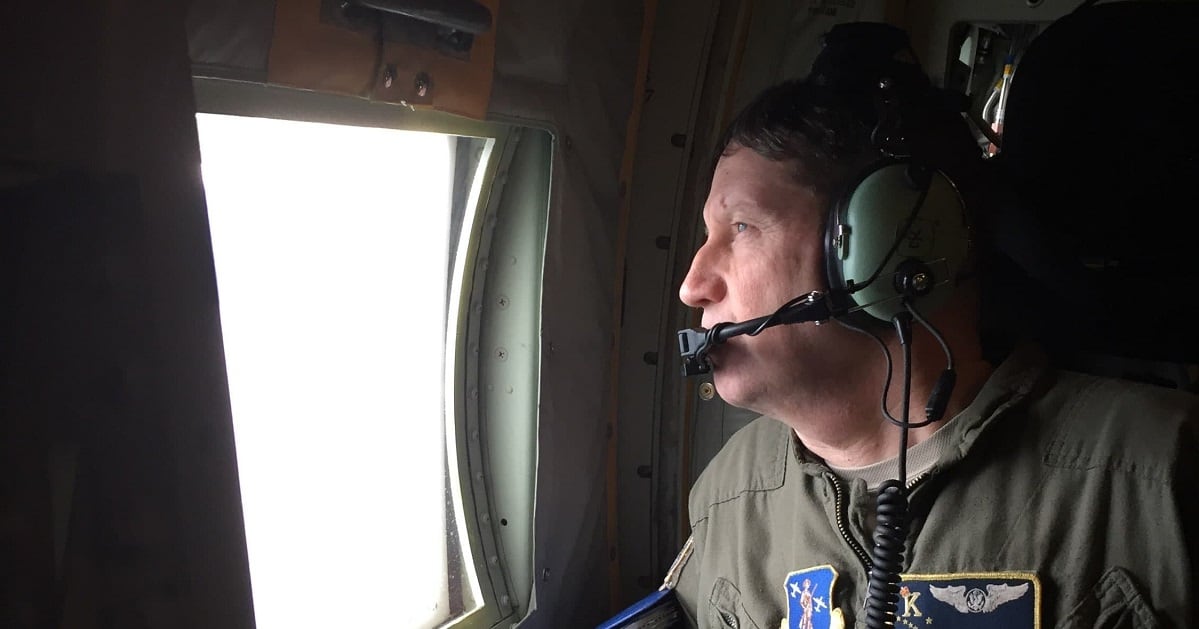
Another Black Hawk transported Alaska Department of Transportation personnel for assessment of major roadway arteries. An Alaska Air National Guard HC-130J Combat King III search-and-rescue aircraft surveyed damage and looked for any search-and-rescue needs.
Air Guardsmen in the Alaska Rescue Coordination Center worked in conjunction with the State Emergency Operations Center and the Alaska Wing, Civil Air Patrol, to ensure launch of three CAP aircraft to conduct airborne assessment of infrastructure damage in the Anchorage Bowl, Mat-Su areas, Prince William Sound and the Cook Inlet, as far as Seward and Kenai, according to the release.
A broad range of men and women of the Alaska Air National Guard’s 176th Wing — including pilots, pararescuers, combat systems operators, loadmasters, public affairs specialists and others — remained on duty to help with the initial response..
Damage around the city
Other infrastructure around Anchorage didn't fare as well.
A large section of an off-ramp near the Anchorage airport collapsed, marooning a car on a narrow island of pavement surrounded by deep chasms in the concrete. Several cars crashed at a major intersection in Wasilla, north of Anchorage, during the shaking.
Anchorage Police Chief Justin Doll said he had been told that parts of Glenn Highway, a scenic route that runs northeast out of the city past farms, mountains and glaciers, had "completely disappeared." Traffic in the three lanes heading out of the city was bumper-to-bumper and all but stopped Friday afternoon as emergency vehicles passed on the shoulder.
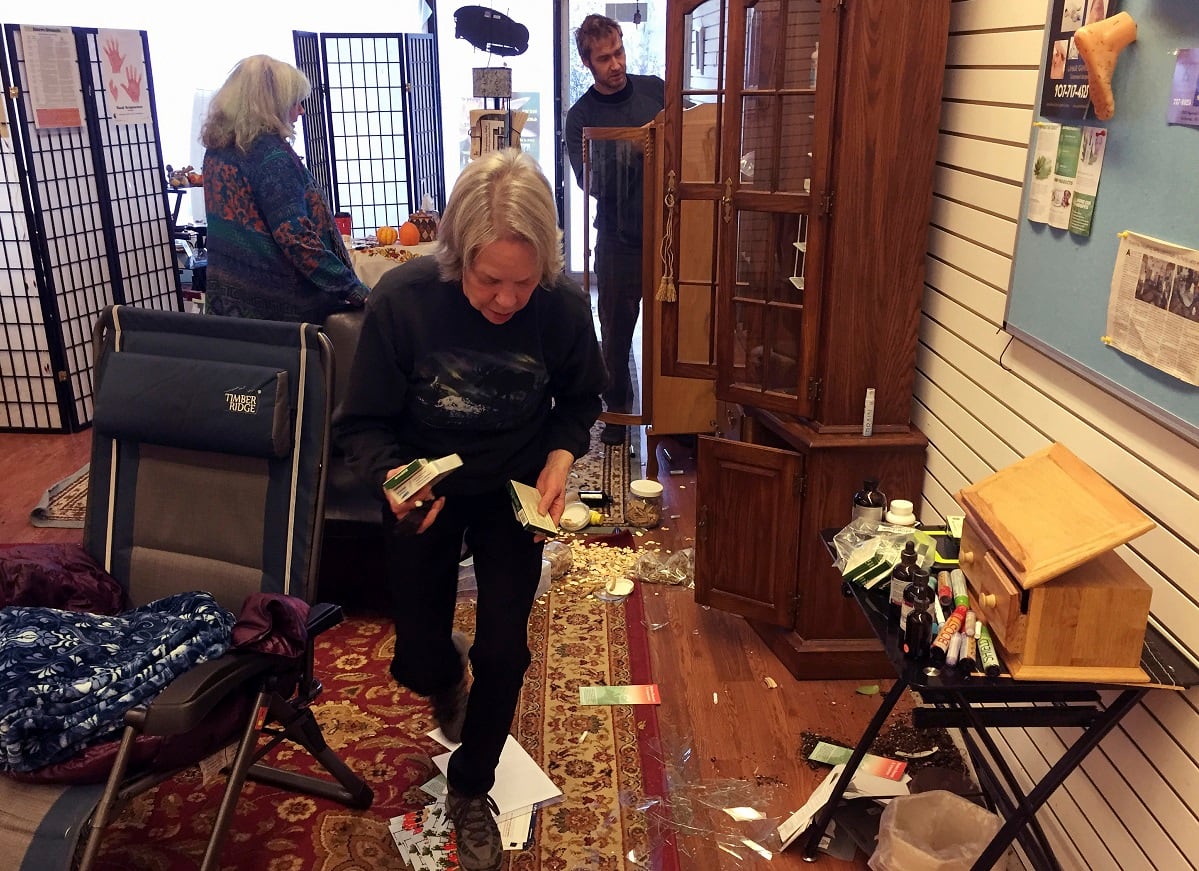
The quake broke store windows, knocked items off shelves, opened cracks in a two-story, downtown building, disrupted electrical service and disabled traffic lights, snarling traffic.
Flights at the airport were suspended for hours after the quake knocked out telephones and forced the evacuation of the control tower. And the 800-mile Alaska oil pipeline was shut down while crews were sent to inspect it for damage.
Fifteen-year-old Sadie Blake and other members of the Homer High School wrestling team were at an Anchorage school gymnasium for a tournament when the bleachers started rocking and the lights went out. People started running down the bleachers in the dark, trying to get out.
"It was a gym full of screams," said team chaperone Ginny Grimes.
When it was over, Sadie said, there was only one thing she could do: "I started crying."
Jonathan Lettow was waiting with his 5-year-old daughter and other children for a school bus near their home in Wasilla when the quake struck. The children got on the ground while Lettow tried to keep them calm.
"It's one of those things where in your head, you think, 'OK, it's going to stop,' and you say that to yourself so many times in your head that finally you think, 'OK, maybe this isn't going to stop,'" he said.
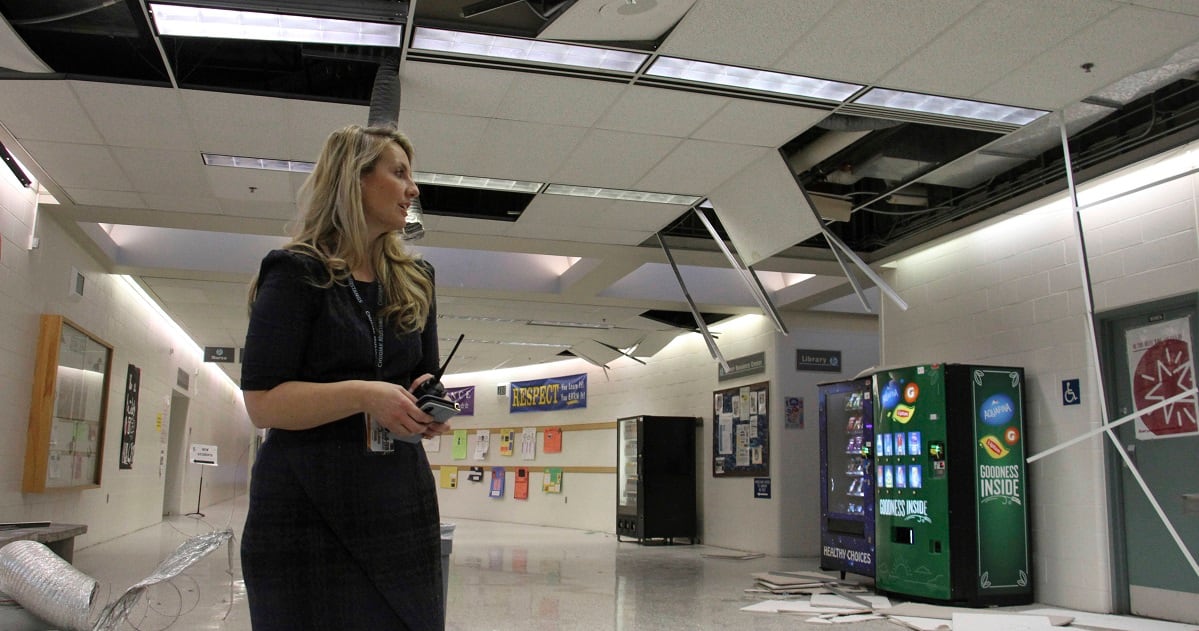
Soon after the shaking ended, the school bus pulled up and the children boarded, but the driver stopped at a bridge and refused to go across because of deep cracks in the road, Lettow said.
Disaster declaration
Gov. Bill Walker issued a disaster declaration. He was in an elevator in a high-rise Anchorage office building and said it was a “rough ride” coming down. He described the quake as a 7.2, though it was unclear why his figure differed from that of the USGS.
Walker says it will take more than a week or two to repair roads damaged by the earthquake.
"This is much more significant than that," he told reporters at a news conference.
Walker leaves office on Monday, and he said members of Gov.-elect Mike Dunleavy's staff had been involved with the earthquake response to ensure a smooth transition.
"This isn't a time to do anything other than take care of Alaskans, and that's what we're doing," he said.
Alaska was the site of the most powerful earthquake ever recorded in the U.S. The 9.2-magnitude quake on March 27, 1964, was centered about 75 miles east of Anchorage. It and the tsunami it triggered claimed about 130 lives.
The state averages 40,000 earthquakes a year, with more large quakes than the 49 other states combined. Southern Alaska has a high risk of earthquakes because the Earth's plates slide past each other under the region.
Alaska has been hit by a number of powerful quakes over 7.0 in recent decades, including a 7.9 last January southeast of Kodiak Island. But it is rare for a quake this big to strike so close to such a heavily populated area.
David Harper was getting coffee at a store when the low rumble began and intensified into something that sounded "like the building was just going to fall apart." He ran for the exit with other patrons.
"People who were outside were actively hugging each other," he said. "You could tell that it was a bad one."
Associated Press writers Becky Bohrer in Juneau, Alaska; Mark Thiessen in Anchorage; Jennifer Kelleher in Honolulu; Gene Johnson in Seattle; Gillian Flaccus in Portland, Oregon; Rachel La Corte in Olympia, Washington; and John Antczak in Los Angeles contributed to this report.
